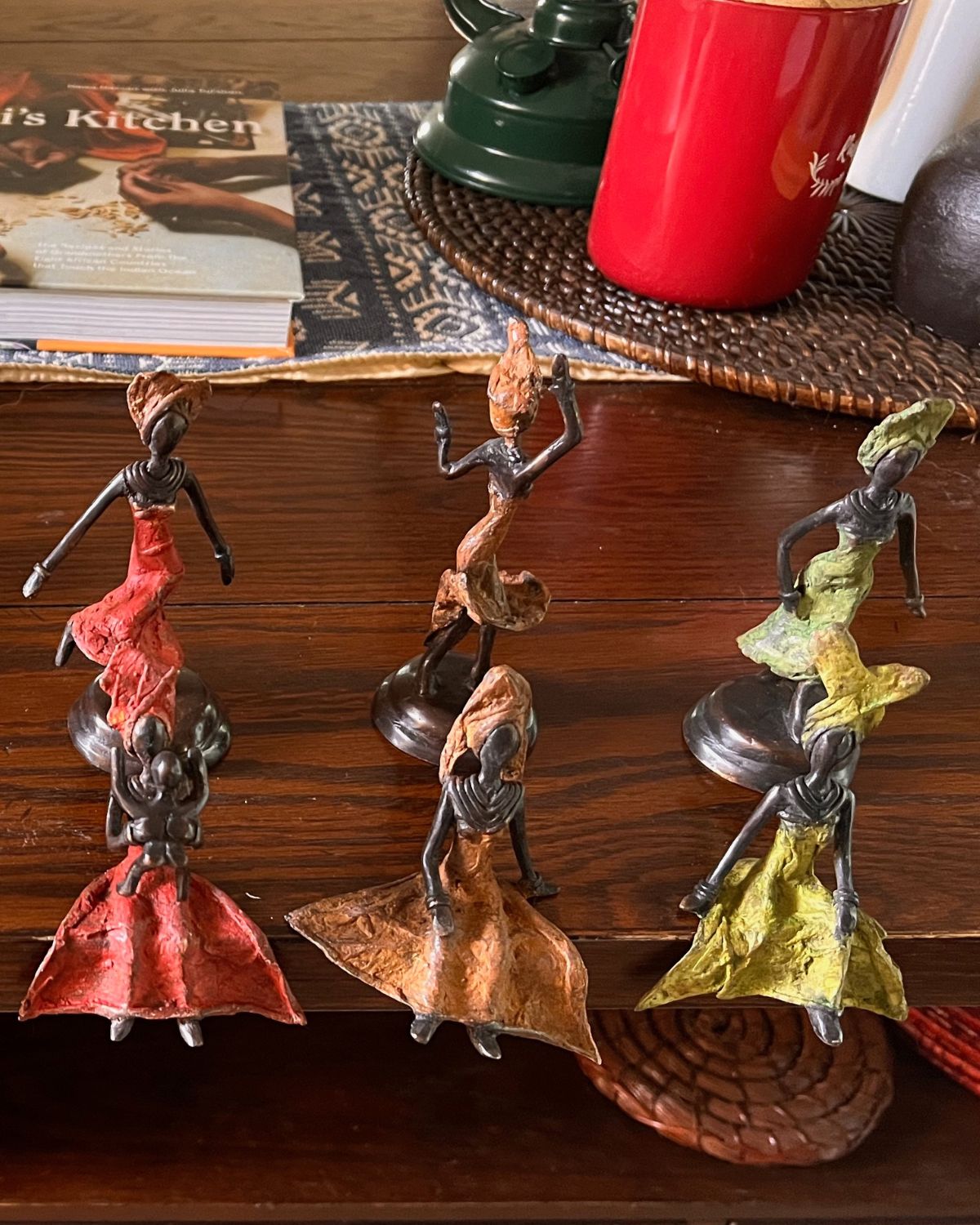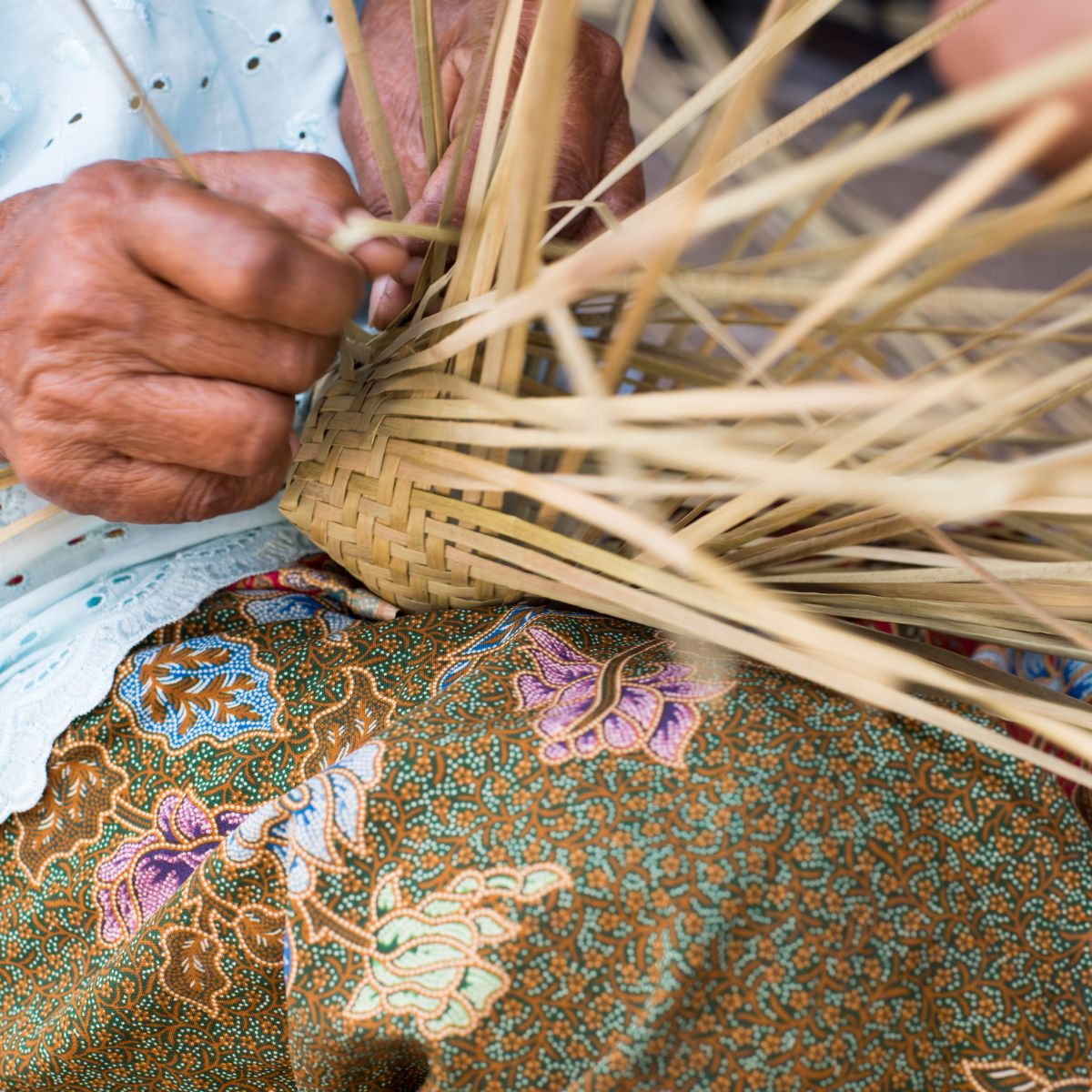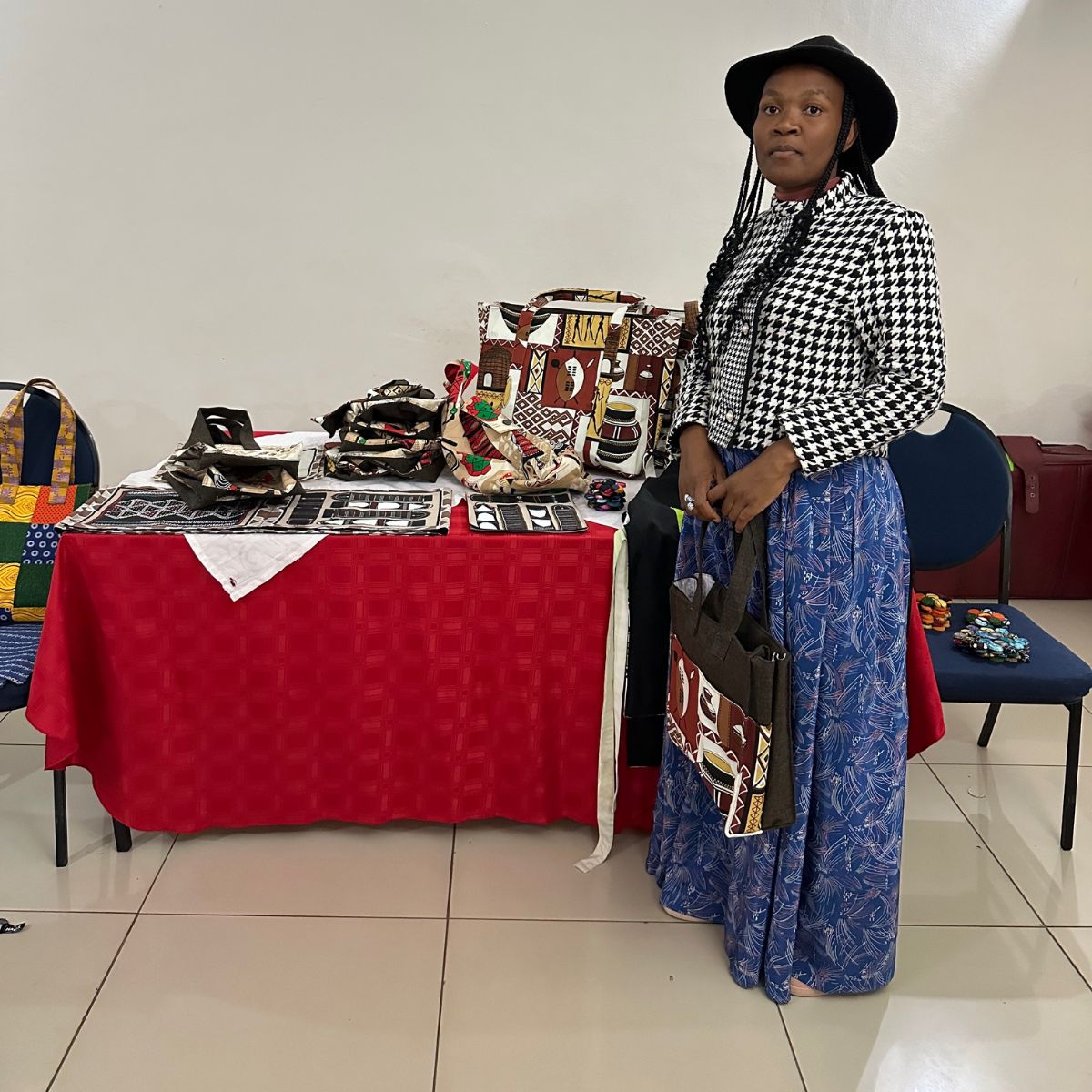Our Business Model
VAM’s business model serves to uplift artisans in low-income areas by providing them with access to a global marketplace. Moreover, the platform is designed to be user-friendly and offers educational support in literacy and business skills. Additionally, VAM employs a fair revenue model with low fees, further benefiting artisans. Importantly, VAM reinvests its profits in community development initiatives, thereby ensuring that artisans gain economic opportunities and essential life skills. Consequently, this approach fosters sustainable growth and empowerment within these communities.
VAM’s business model specifically targets artisans from low-income and low-literacy communities. Aiming to empower them through a comprehensive digital marketplace. Here’s an adjusted explanation focusing on these aspects:
- Targeted Artisan Engagement: VAM seeks out artisans in low-income and low-literacy communities, providing them with an opportunity to access the global market. This approach helps overcome barriers to market entry, such as lack of literacy, technology access, and marketing skills.
2. Simplified Digital Platform: The marketplace is designed to be user-friendly for individuals with varying literacy levels, incorporating visual instructions, voice navigation, and other intuitive features to facilitate easy use by artisans.
3. Capacity Building: Central to VAM’s mission is offering tailored educational support to these artisans. This includes basic literacy programs, business and financial literacy education, and training in digital tools, enabling them to manage their online presence and sales effectively.
4. Inclusive Revenue Model: VAM generates income through modest listing and transaction fees, structured to be accessible for artisans from low-income backgrounds. It considers the financial constraints of these communities, ensuring fees do not become a barrier to participation.
5. Reinvestment in Communities: VAM reinvests a portion of its earnings into communities, supporting education, technology access, and essential services. This reinvestment is crucial for fostering sustainable development and uplifting entire communities.
By focusing on these elements, VAM’s business model provides a marketplace for unique artisanal products. It also plays a critical role in empowering some of the most marginalized communities. Equipping them with the skills and resources needed for economic independence and growth.
Business Continuity Through Educational Collaboration
VAM seamlessly integrates education and business expertise to provide continuous oversight, guiding both operations and strategy. Moreover, students embark on diverse projects, such as onboarding Myanmar women artisans, adapting to markets, and implementing educational programs. This structured approach ensures stability, fosters innovation, and actively engages communities. In doing so, nurtures sustainable growth for all stakeholders involved.
VAM’s unique business model incorporates a dynamic educational collaboration that ensures business continuity and innovation. Here’s how this structure operates:
Faculty Leadership: The foundation of VAM’s operational stability and strategic direction is anchored by the business faculty from partnering educational institutions. These experienced professionals oversee the platform’s overall operations, ensuring adherence to the mission and strategic goals. Their expertise provides a solid foundation for VAM’s long-term vision and sustainability.
Student Engagement: A distinctive aspect of VAM’s model is the active involvement of business students in various projects under the VAM umbrella. This hands-on approach allows students to engage directly with real-world business challenges and opportunities. Projects include onboarding new artisan groups, such as the Myanmar women’s group, which diversifies the range of products and artisan communities VAM supports.
Market Adaptation and Research: Students play a crucial role in adapting artisan products to meet the demands of the US market. Through market research, students identify trends and preferences, working closely with artisans to refine their products accordingly. This process ensures that the offerings on VAM remain relevant and appealing to consumers, driving sales and supporting artisan communities.
Educational and Relationship Building: Beyond market adaptation, students contribute to the educational development of the artisans. They facilitate training sessions on product development, digital literacy, and business management, tailored to the artisans’ needs. Furthermore, students are instrumental in building and nurturing relationships between artisans, consumers, and the broader VAM community. This relationship-building is key to creating a loyal customer base and a supportive network for artisans.
This collaborative business structure not only ensures the continuity of VAM but also fosters an environment of learning, innovation, and community engagement. It creates a cycle of growth and development where students gain invaluable experience while contributing to the empowerment of artisan communities and the expansion of VAM. This symbiotic relationship between education and business within VAM’s model is a cornerstone of its strategy for sustainable success and impact.













